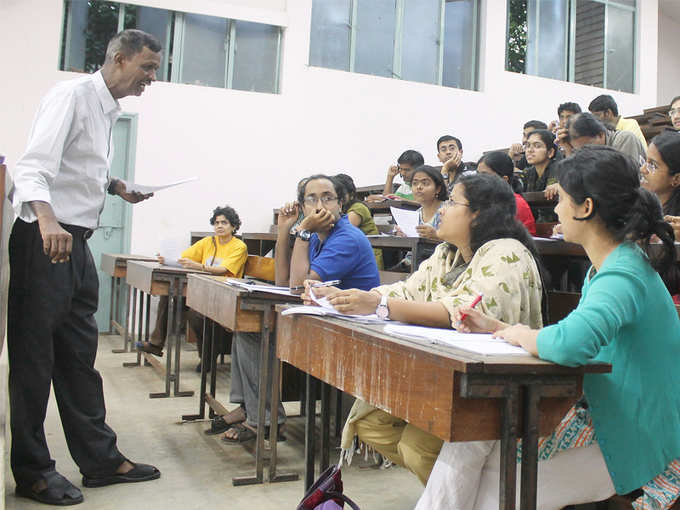 The importance of
The importance of Education has indeed been a rich treasure of the country, though as years passed by we embraced learning methodologies from developed nations and endeavored to innovate further in the field of education.
The
The ancient
Training is the first and most essential step to be taken by an individual to prepare himself/herself to attain the level expertise under the guidance of an experienced teacher.
With thorough processes, illustrations, and realization of facts,
Meanwhile, assessing the performance through formal or informal examinations is still considered as one of the most credible ways to gauge the knowledge and skill a person has learnt.
Without this step, we cannot validate the skills and potentials of a person, as the primary goal of acquiring knowledge and skill is to enhance one’s performance in the chosen area of work. Despite the rising opposition against conducting exams, many researchers like Henry L. Roediger III– a cognitive psychologist at Washington University– have proved the merits of testing students on the concepts learned. Tests are testimonials of the knowledge and ability of the learner, which is expressed through a structured format.
Instances from the bygone era only validates the fact that training and testing form two independent yet vital pillars in the education system that go hand-in-hand.
In the context of working professionals, it is important to get trained in the latest technology areas with courses created by subject matter experts, who have rich domain expertise, matched with inclusive guidance from experienced trainers.
This will further enable the aspiring professionals to excel in the relevant examinations that are stamped with certifications, which are globally recognized by independent accreditation bodies.
Industry credentials validate that one has the domain knowledge and skills associated with the job he or she is applying for and is more preferred over the person who might have been trained but lacks the certification. Certifications from technology vendors such as Salesforce, Cisco, Microsoft, Juniper, Red Hat or independent bodies like PMI, CompTIA, IASSC, OMCP etc., are testimonials to demonstrate that individuals are capable of applying the knowledge in real-world and on-the-job scenario.
The certificates from accredited bodies endorse the ability and knowledge of the candidate to perform at a certain pace and adapt as when required.
What is almost parallel to training certification is the ‘Nano-degree programme’ offered by Udacity, which is similar to a diploma course available in technology domains.
An aspirant earns the nano-degree certificate within 6-12 months by submitting a project that meets certain set of parameters. While the Nano-degree courses have gained popularity, the validity of the certifications is yet to be proven by a third party body or multi-national companies.
The purpose of any certification through a long or short term degree is to guarantee that the job you desire or the hike you deserve is an attainable goal.
When aspirants know that they are bound to receive a tangible advantage at the end of the certification programme, it is enough motivation to ensure they set time and energy to achieve their professional goals. The organization or association through which you receive the certification will stay as an enduring source of knowledge and career development.
The learning curve is shorter and easier for an individual with a valid certification than it would be for a non-certified individual.
So invest in yourself by getting trained in newer possibilities, assess your knowledge time and again, and ensure to be certified and experience the tangible changes.
Ed-tech players like Simplilearn have been advocating professional certification training for few years now and the sector is soon expected to witness more momentum kicking-in. Prominent training providers like Pluralsight and Lynda have realized the potential of industry accredited certifications and the value they hold given the prevailing user base of professionals who are not just looking for avenues to learn new skills, but want to get certified and showcase their credibility for career advancement. Infact, Lynda which is known to have endorsed life-long training is now shifting its focus towards professional certification training, a smart move post their acquisition by Linkedin. I am confident that these developments will prove to be a win-win situation for the training sector at large and the beneficiaries who will experience tangible impact as the move ahead in their careers.
(About the author: The author of this article is Krishna Kumar, Founder & CEO, Simplilearn)